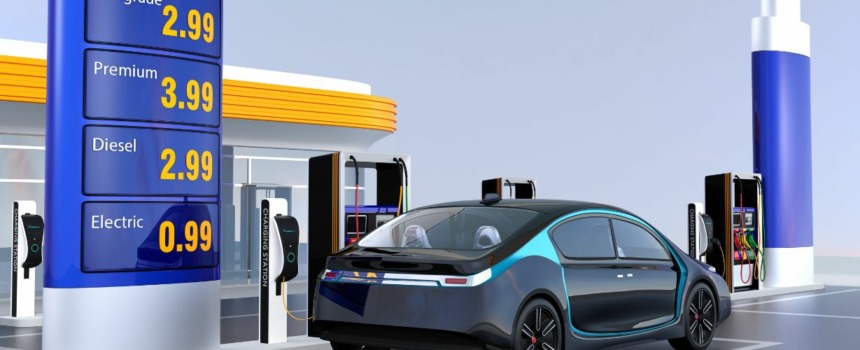In today’s world, the transition to electric vehicles (EVs) and the adoption of renewable energy sources are gaining momentum. These shifts are crucial for addressing environmental concerns. Paving the way for a sustainable future. To delve deeper into this dynamic landscape. We had the pleasure of engaging in a conversation with Richard Flentge, an expert in the field. Who shared valuable insights on the current state of EVs and renewable energy. The challenges and opportunities that lie ahead.
The Electrifying Realm of Electric Vehicles
Our discussion began with an exploration of recent developments in the EV market. Richard highlighted the groundbreaking move by major automakers to join forces with the Tesla charging system. Effectively opening up a vast network of charging stations for non-Tesla EV owners. This collaboration has undoubtedly revolutionized the industry. EV owners to travel beyond their home regions with greater ease and convenience.
Addressing a common concern surrounding EV adoption, Richard shed light on the role of battery storage banks. In addressing the potential strain on the power grid. He emphasized the significance of Tesla’s megapack systems. Which not only enhance grid efficiency but also effectively handle the increased energy demands of EVs. These advancements demonstrate that the infrastructure required for a widespread EV transition is already taking shape.
A Glimpse into the Electric Future
As we looked towards the horizon, Richard discussed the future landscape of EVs, emphasizing the potential for greater diversity in vehicle options. While the current focus lies primarily on sedans and SUVs, he anticipates a broader range of EVs emerging, including electric trucks and even motorcycles. This expansion will cater to a wider range of consumer needs and preferences, further accelerating the adoption of EVs.
As the EV market continues to mature, the integration of commercial EV charging stations will play an important in driving widespread adoption.
Nowadays, commercial EV charging station installation not only accommodates the increasing diversity in EV options but also supports the advancement of eco-friendly transportation initiatives.
The integration of commercial EV charging stations is important in providing convenient charging solutions for consumers and facilitating the electrification of commercial fleets. Businesses investing in this infrastructure demonstrate their commitment to sustainability while meeting the evolving needs of their customers and employees. This proactive approach to infrastructure development is essential for ensuring the seamless transition to an electric future and driving continued growth in the EV market.
Battery Costs: A Declining Trend
One of the key factors influencing consumer EV purchasing decisions is the cost of battery storage. Richard provided encouraging news on this front, stating that battery costs have experienced a significant decline in recent years. From an initial price of $22,000 for a ten-kilowatt system, costs have dropped to around $1,000 per kilowatt. He further noted that some Chinese imports are even reaching the $500 range. These reductions in battery costs are expected to continue, with projections of $2,500 to $3,500 systems becoming commonplace. Such affordability will undoubtedly play a pivotal role in driving consumer adoption of EVs.
Battery Technology: Innovation at Scale
Richard shared an example of a remarkable breakthrough in battery technology – a small battery priced at just $200. This development underscores the rapid advancements in battery production processes. Companies like Tesla are mass-producing batteries using existing manufacturing technology, enabling them to produce thousands of batteries daily. Such advancements are not only driving down costs but also paving the way for a more sustainable and efficient battery ecosystem.
Span: Shaping the Future of Energy Management
Before concluding our discussion, Richard introduced us to Span, a company that has developed a smart electrical box. This innovative device empowers users to control and direct the output of their solar panels to specific circuits within their homes. This level of granular control over energy usage represents a significant step forward in energy management and paves the way for even greater energy efficiency and cost savings.
Conclusion: A World of Opportunities
Our conversation with Richard Flentge provided a comprehensive overview of the current state of the EV market and the renewable energy landscape. He highlighted the challenges and opportunities associated with infrastructure development, behavior changes, and battery technology advancements. As we move forward, these factors will undoubtedly play a crucial role in shaping the future of transportation and energy consumption.


Comments